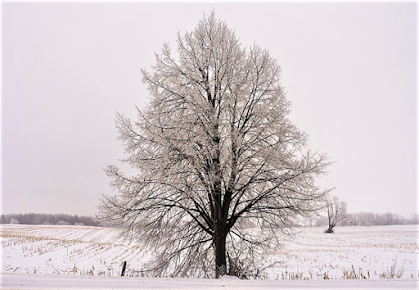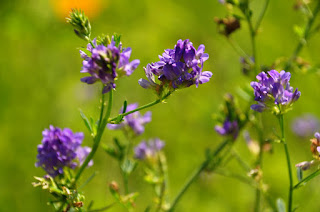The Dust Bowl: Lessons Learned in Soil Conservation
“Houses were shut tight, and cloth wedged around doors and windows, but the dust came in so thinly that it could not be seen in the air, and it settled like pollen on the chairs and tables, on the dishes.” John Steinbeck, The Grapes of Wrath.
The Dust Bowl devastated the
southern Great Plains for eight years during the drought-stricken 1930s. Yellowish-brown
dust blew making simple acts such as eating and breathing near impossible. Great
dust storms rolled far eastward, darkening skies all the way to the Gulf and
Atlantic coasts. The areas most severely affected were western Texas, eastern
New Mexico, the Oklahoma Panhandle, western Kansas, and eastern Colorado. Drought,
the Depression, and poor farming practices created what is considered one of
the most serious environmental catastrophes the United States has ever
experienced.
Drought comes regularly to the southern Great Plains with an extreme one about every twenty years. However, during the 1910s and 1920s, the southern plains were considered “the last frontier of agriculture”. Rising wheat prices, a war in Europe, generous federal farm polices, and a series of wet years led to what is known as the Great Plow-Up, where 5.2 million acres of thick native grasslands were tilled up and planted to wheat fields. During the 1920s, wheat production increased by 300 percent, causing a glut in the market by 1931.
That year, a severe drought spread
across the region. As crops died, wind began to carry dust from the over-plowed
and over-grazed lands. The number of dust storms reported jumped from 14 in
1932 to 28 in 1933. The following year, the storms decreased in frequency but
increased in intensity, culminating in the most severe storm yet in May 1934.
Over a period of two days, high-level winds caught and carried some 350 million
tons of silt all the way from the northern Great Plains to the eastern
seaboard. According to The New York Times, dust "lodged itself in
the eyes and throats of weeping and coughing New Yorkers," and even ships
some 300 miles offshore saw dust collect on their decks.
850 million tons of topsoil blew
away in 1935 alone. It was during this
year that the Federal Government took action. President Franklin D. Roosevelt’s
administration formed the Drought Relief Service to coordinate relief efforts.
In April of 1935, the Emergency Relief Appropriations Act was enacted,
providing $525 million for drought relief and authorized creation of the Works
Progress Administration, which employed 8.5 million people. Efforts to protect the soil continued with
FDR’s Shelterbelt Project. This project included large-scale planting of native
trees across the Great Plains.
In 1935, landmark legislation
passed by Congress established the Soil Conservation Service (currently known
as the Natural Resources Conservation Service). The SCS, under the direction of
soil scientist Hugh H. Bennett, developed extensive conservation programs that
retained topsoil and prevented irreparable damage to the land.
In 1936, the SCS published a soil
conservation district law, which when passed by states, allowed farmers to set
up their own districts to enforce soil conservation practices. The soil
conservation district programs recognized the new conservation farming methods
needed to be adopted by the farmers on the land rather than bureaucrats in
Washington. Conservation Districts are one of the few grassroots organizations
set up by the New Deal still in operation.
.jpg) |
| 1937. Severe water erosion on an Alabama farmduring the Dust Bowl. Photo by Stephen Kirkpatrick, USDA NRCS |
President Roosevelt urged governors
of all states to pass legislation authorizing the creation of Soil Conservation
Districts. The first Soil Conservation District was organized in the Brown
Creek Watershed of North Carolina on August 4, 1937. The Michigan Soil
Conservation Districts Law was passed by the Michigan legislature as Act 297,
P.A. 1937.
.jpg) |
| 1959. Photo by Shiawassee Conservation District |
The Shiawassee Conservation District was established in 1948 by a group of area farmers with the intent of working with local landowners to conserve soil and water resources mission to provide for the care, informed usage, and protection of natural resources by creating awareness of conservation issues and by being the leader in providing innovative assistance.
During the Dust Bowl, a total 23.5
million acres of land and 7.5 inches of topsoil were lost. From this great
ecological tragedy, lessons were learned, and conservation farming practices
became more commonplace. Today, as we look back on more than 80 years since the Dust Bowl,
the benefits of conservation practices are widely known and the future of
conservation in agriculture aims to protect and enhance natural resources while
improving productivity and never forgetting the many lessons of the past.
For more information on protecting
our natural resources and conservation planning, contact the Shiawassee
Conservation District.
.jpg)



Comments
Post a Comment